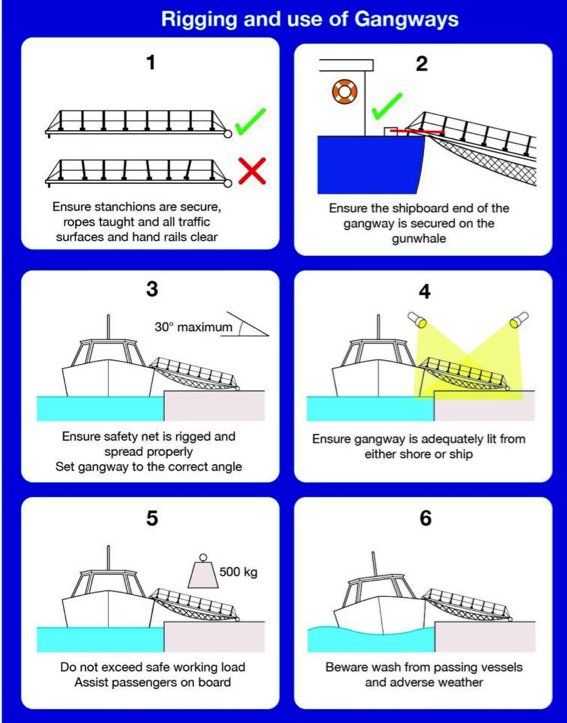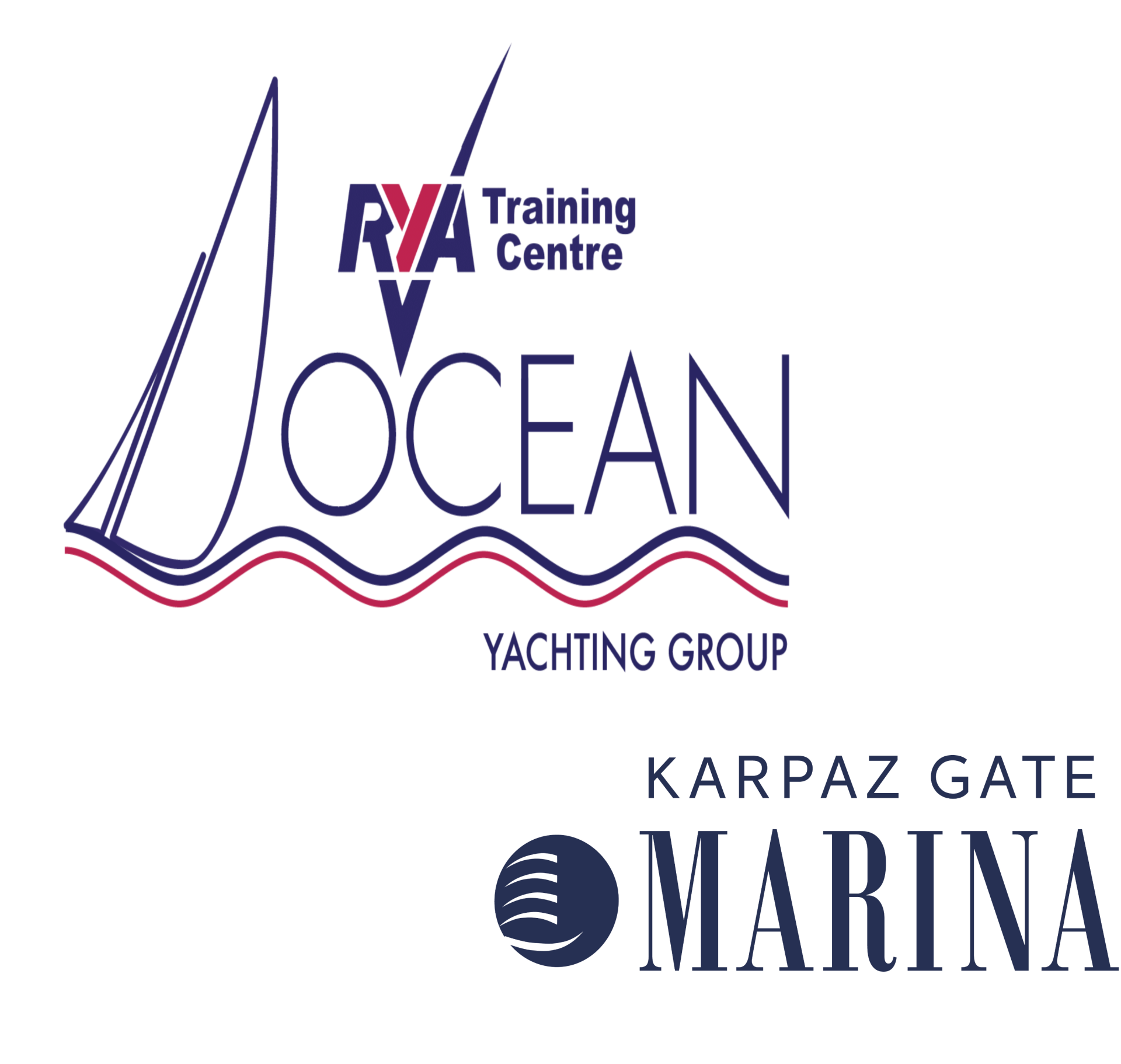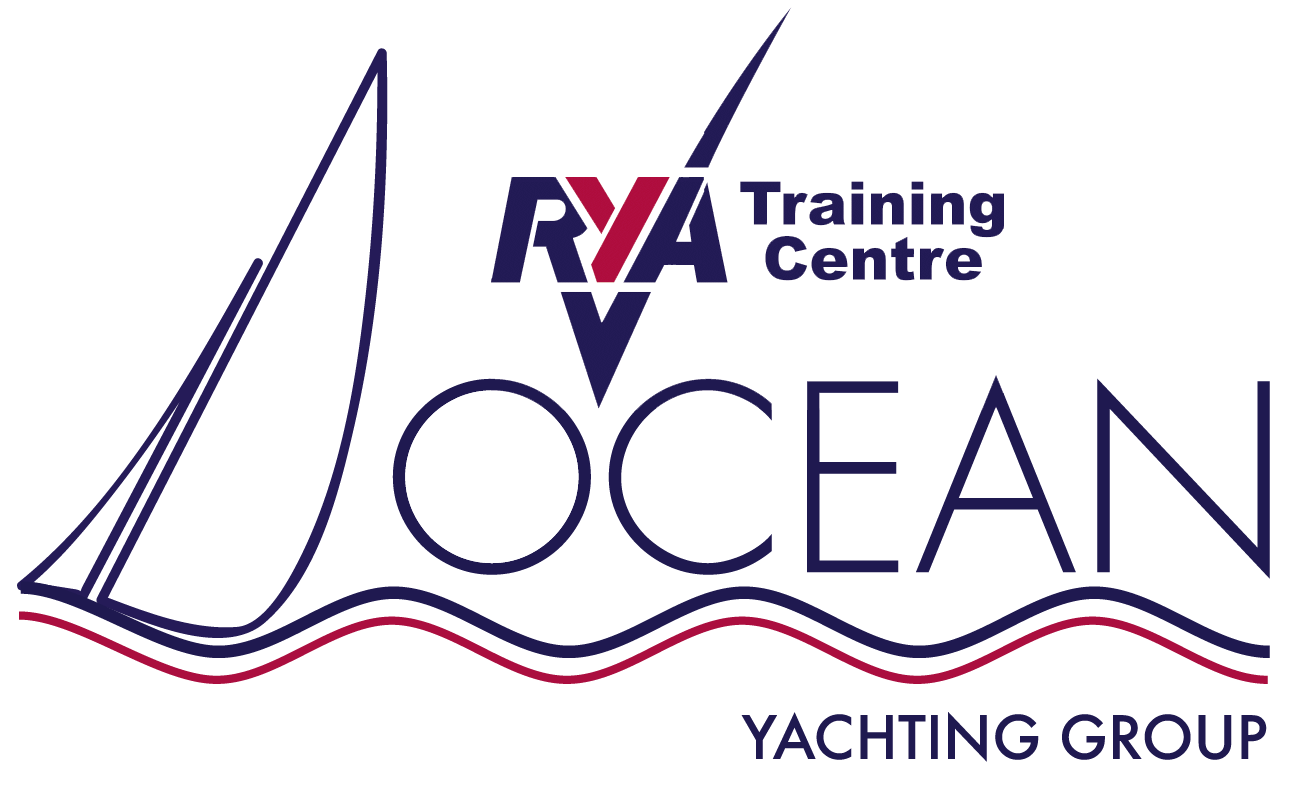SUPER & MEGA YACHT TRAINING
EFFICIENT DECK HAND (EDH)
The Efficient Deck Hand Course is a practical and theory course covering deck seamanship skills and ship knowledge. Efficient Deck Hand (EDH) is the qualifying examination for an Able Seafarer Deck certificate. It is also a requirement for the issue of an Officer of the Watch (Yacht less than 3000GT) Certificate of Competency. You must be at least 17 years of age to qualify. Note: before an EDH certificate can be issued, a minimum of 6 months’ seagoing service in vessels of 15m or more is required.

DATES
General
Price: 1250 Euro
Teaching Ratio: 4:1
Minimum Age: 17
Duration: 5 Day
Minimum Candidates: 3
Pre-requirements
The following certification and experience will permit entry on to the EDH course and examination;
(a) An MCA-accepted Yachtmaster Offshore; or
(b) A Yacht Rating with at least 6 months’ seagoing service and a steering certificate; or
(c) A Tug Rating with at least 6 months’ seagoing service and a steering certificate or an NWR Certificate; or
(d) A Boatmaster License (BML) Tier 1 level 2 certificate; or
(e) A Navigational Watch Rating Certificate
Full details of the EDH requirements and how to obtain an NWR, Yacht Rating and Steering Certificate are in MSN 1862
Costs Include:
- Lunch & Refreshments
- Course Notes Book
- All Equipment Necessary
Courses are non-residential, so accommodation is required in one of the many hotels or guest houses near the Centre. We can provide a list of recommendations.
Course Content:
Theory Work
Nautical terms, parts of the ship, flags, procedures for the relief, maintenance and hand over of a watch and the information needed to maintain a safe watch. Knowledge of the use of lifesaving and fire-fighting appliances, code of safe working practices, signage, shipboard maintenance, prevention of pollution of the marine environment. Knowledge and identification of IMDG labelling.
Practical Work
Bends and hitches, splicing and whipping, rope work and rigging, general deck work, slinging and rigging stage and bosun’s chair, rigging a pilot ladder or hoists, gangway and accommodation ladder and rigging rat guards. Use and selection of stoppers for wires and ropes; open and closing hatches and watertight doors including bow, stern and other shell doors, rigging a hydrostatic release unit and the correct fitting of wire grips.
Mooring
The procedures and order of events for making fast and letting go mooring and tug lines and wires, including towing lines.
Anchoring
General understanding of anchoring operations including; the use and operation of a windlass in anchor work such as anchoring, weighing anchor, securing for sea and warping; the use of anchors in emergencies and the marking of anchor cable.


